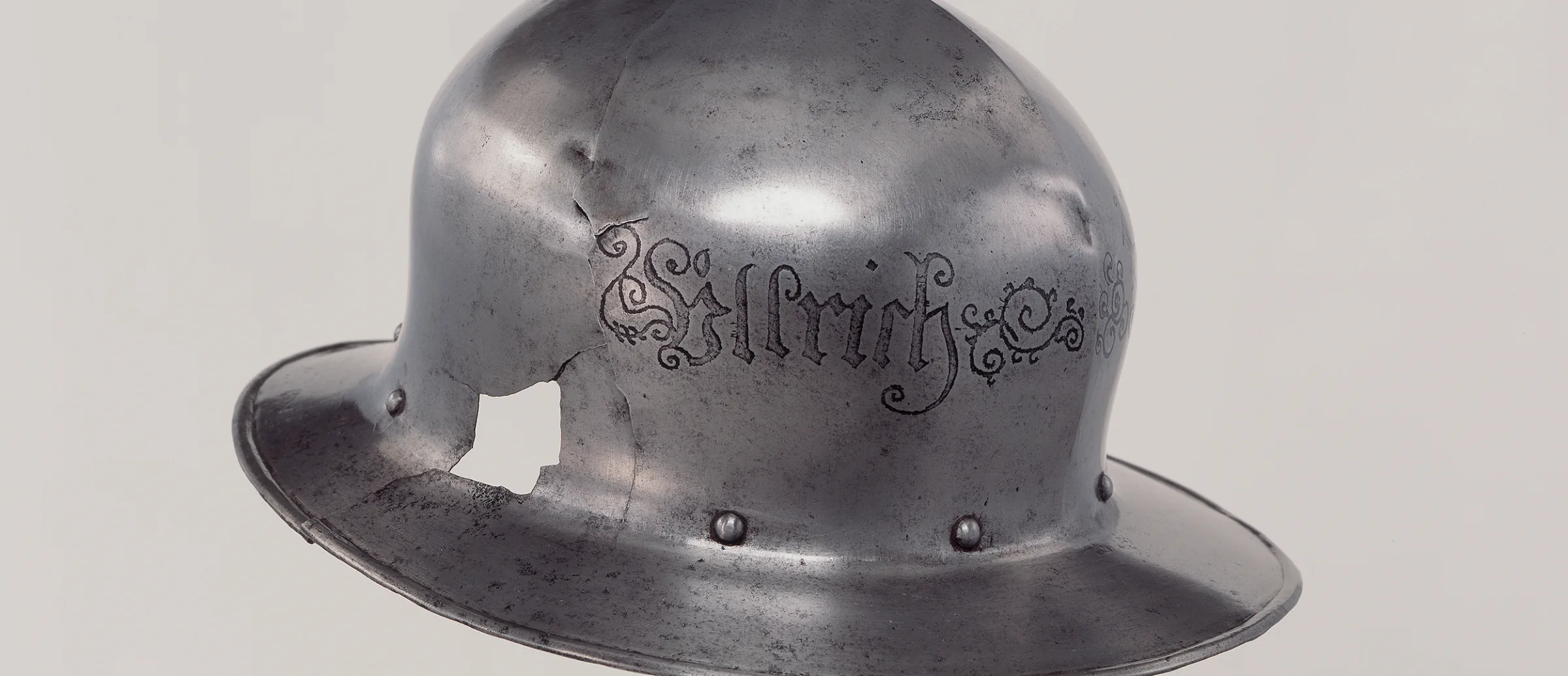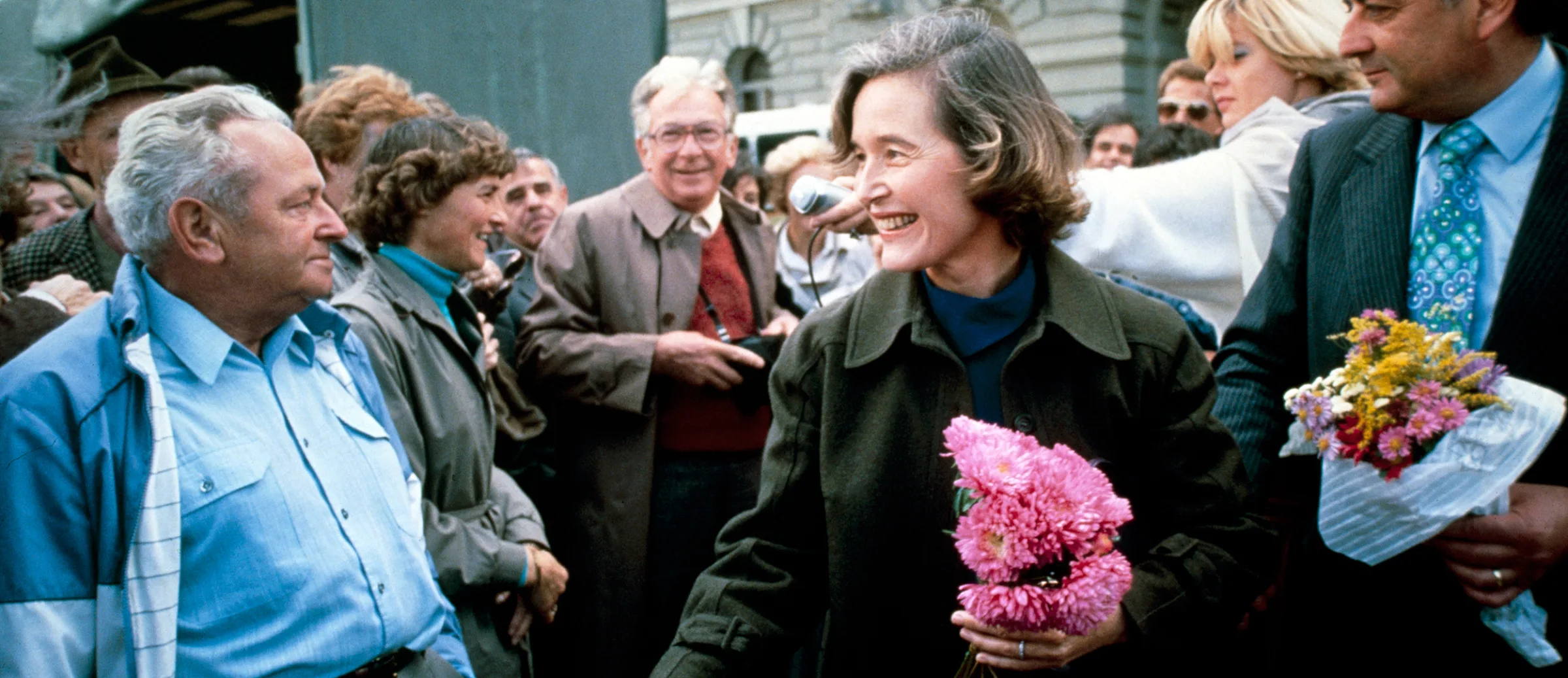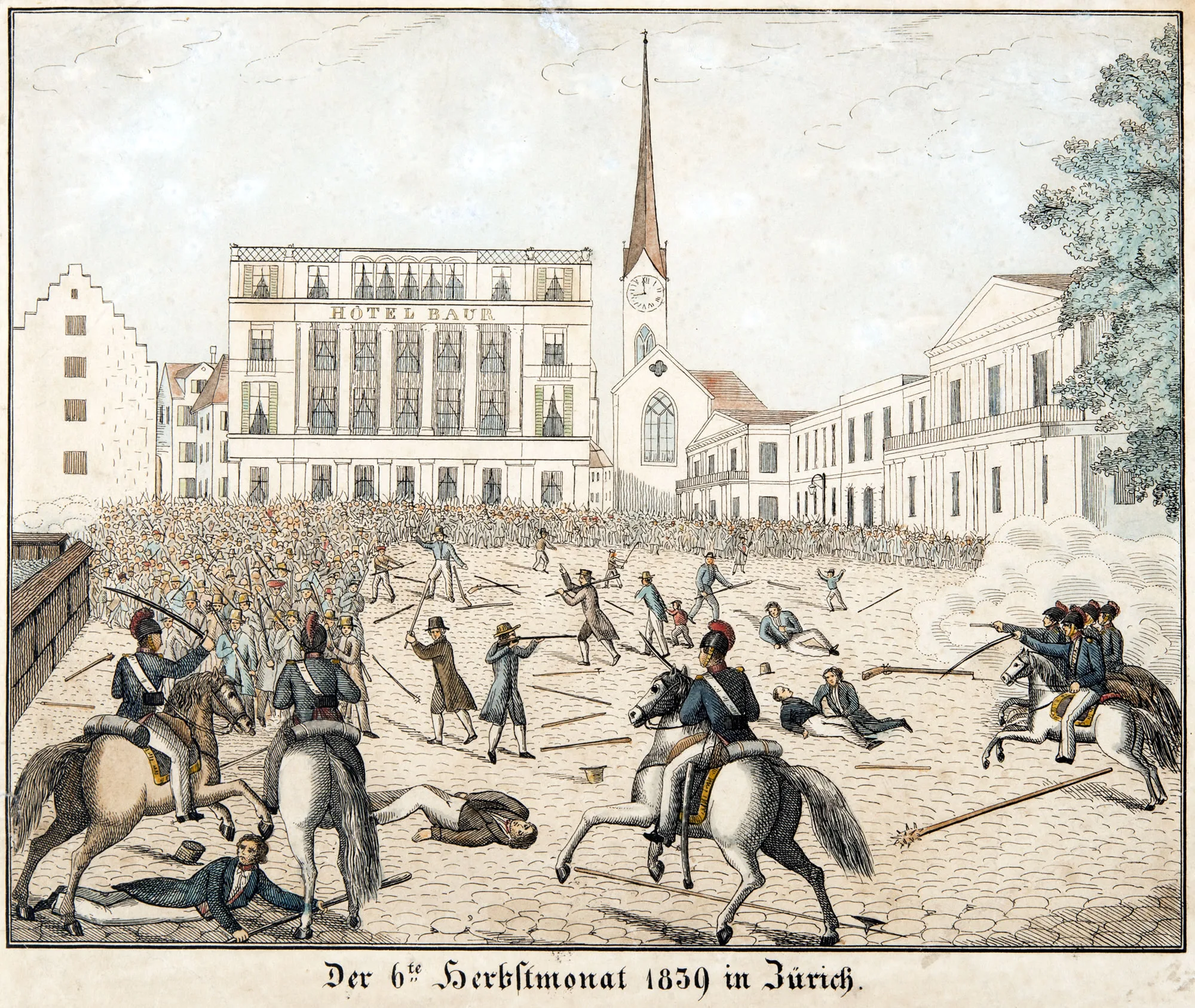
Coming together over a drink
How a “Chilbi” brought the quarrelling and hostile factions of the old Confederation round the table again…

1 Object – 1 Story
Under the title “1 Object – 1 Story”, objects from the collection of the Swiss National Museum are presented in a loose order. The emphasis is less on the technical data of the exhibits and more on their stories. Through these stories the cups, swords and photographs spring to life and give us a hint of what earlier generations have experienced.



